Envision® rating system

Envision is the product of a joint collaboration between the Zofnass Program for Sustainable Infrastructure at the Harvard University Graduate School of Design and the Institute for Sustainable Infrastructure. The Institute for Sustainable Infrastructure and the Harvard Zofnass Program at Harvard University continue their collaboration towards further developing Envision, for disseminating Envision in the USA and worldwide, and in research projects related to the sustainability of infrastructure and the sustainability of cities.
The Envision system is a set of guidelines that aid in optimizing the sustainability of an infrastructure project during the planning and preliminary design phases, as well as a means to quantify the relative sustainability of the project. Although several rating systems are widely used to analyze the sustainability of individual buildings, no rating system for assessing the sustainability of infrastructure projects has gained widespread adoption. The lack of a common rating system is especially troubling because of the significant impacts infrastructure projects and networks have on the environment.
What LEED™ has done for building-scale sustainability, Envision aims to do for infrastructure: educate citizens and increase public awareness, provide a means to quantify sustainability in infrastructure, and facilitate the adoption of sustainable design for infrastructure.
The five categories of the Envision rating system are the following:

Learn more...
Quality of Life addresses a project’s impact on surrounding communities, from the health and wellbeing of individuals to the wellbeing of the larger social fabric as a whole. These impacts may be physical, economic, or social. Quality of Life particularly focuses on assessing whether infrastructure projects are in line with community goals, incorporated into existing community networks, and will benefit the community long-term. For that purpose, community involvement should be sought by infrastructure owners. Community members (both users and non-users) affected by the project should be considered important stakeholders in the decision-making process (during design as well as during operations). The category is further divided into three subcategories: Purpose, Wellbeing, and Community.![]()
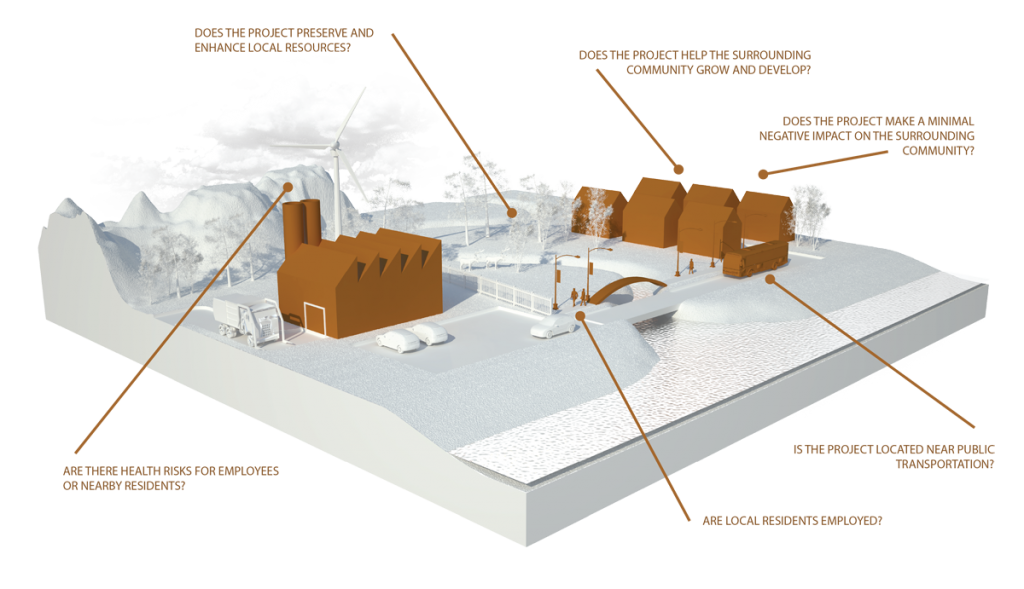 PURPOSE It is critical to ask, “Is this the right project?” The Purpose subcategory addresses the project’s impact on functional aspects of the community such as growth, development, job creation, and the general improvement of quality of life. Positive results from infrastructure projects can include community education, outreach, knowledge creation, and worker training. Projects can teach about their specific sustainable features and processes, and of broader sustainability impacts. Displaying performance may also help facilitate positive user behavior changes.
PURPOSE It is critical to ask, “Is this the right project?” The Purpose subcategory addresses the project’s impact on functional aspects of the community such as growth, development, job creation, and the general improvement of quality of life. Positive results from infrastructure projects can include community education, outreach, knowledge creation, and worker training. Projects can teach about their specific sustainable features and processes, and of broader sustainability impacts. Displaying performance may also help facilitate positive user behavior changes.![]() WELLBEING As integral parts of the community sustainable infrastructure projects should address individual comfort, health, and mobility. Physical safety of workers and residents should be ensured and nuisances should be minimized (including light pollution, odors, noise, and vibration) during construction and operations. Attention is also given to encouraging alternative modes of transportation and incorporating the project into the larger community mobility network. Further, infrastructure owners are encouraged to ensure equal access (availability and quality) to all; exclusionary practices should be avoided.
WELLBEING As integral parts of the community sustainable infrastructure projects should address individual comfort, health, and mobility. Physical safety of workers and residents should be ensured and nuisances should be minimized (including light pollution, odors, noise, and vibration) during construction and operations. Attention is also given to encouraging alternative modes of transportation and incorporating the project into the larger community mobility network. Further, infrastructure owners are encouraged to ensure equal access (availability and quality) to all; exclusionary practices should be avoided.![]() COMMUNITY It is important to ensure the project respects and maintains or improves its surroundings through context-sensitive design. While infrastructure is driven primarily by engineering parameters, its visual and functional impacts should be considered during design. Depending whether the project is located in a rural or urban setting this may include preserving views and natural features or incorporating into the local character of the built environment; most often a combination of both. Successful sustainable projects require a new way of thinking about how they integrate into their community.
COMMUNITY It is important to ensure the project respects and maintains or improves its surroundings through context-sensitive design. While infrastructure is driven primarily by engineering parameters, its visual and functional impacts should be considered during design. Depending whether the project is located in a rural or urban setting this may include preserving views and natural features or incorporating into the local character of the built environment; most often a combination of both. Successful sustainable projects require a new way of thinking about how they integrate into their community.![]() CREDIT LIST
CREDIT LIST![]() 1 PURPOSE QL1.1 Improve Community Quality of Life • QL1.2 Stimulate Sustainable Growth and Development • QL1.3 Develop Local Skills and Capabilities
1 PURPOSE QL1.1 Improve Community Quality of Life • QL1.2 Stimulate Sustainable Growth and Development • QL1.3 Develop Local Skills and Capabilities![]() 2 WELLBEING QL2.1 Enhance Public Health and Safety • QL2.2 Minimize Noise and Vibration QL2.3 • Minimize Light Pollution • QL2.4 Improve Community Mobility and Access • QL2.5 Encourage Alternative Modes of Transportation • QL2.6 Improve Accessibility, Safety and Wayfinding
2 WELLBEING QL2.1 Enhance Public Health and Safety • QL2.2 Minimize Noise and Vibration QL2.3 • Minimize Light Pollution • QL2.4 Improve Community Mobility and Access • QL2.5 Encourage Alternative Modes of Transportation • QL2.6 Improve Accessibility, Safety and Wayfinding![]() 3 COMMUNITY QL3.1 Preserve Historic and Cultural Resources • QL3.2 Preserve Views and Local Character • QL3.3 Enhance Public Space • QL0.0 Innovate or Exceed Credit Requirements
3 COMMUNITY QL3.1 Preserve Historic and Cultural Resources • QL3.2 Preserve Views and Local Character • QL3.3 Enhance Public Space • QL0.0 Innovate or Exceed Credit Requirements

Learn more...
Successful sustainable projects require a new way of thinking about how projects come to life. Project teams are most successful if they communicate and collaborate early on, involve a wide variety of people in creating ideas for the project, and understand the long-term, holistic view of the project and its life cycle. This section encourages and rewards these actions under the view that together with traditional sustainability actions, such as reducing energy and water use, effective and collaborative leadership produces a truly sustainable project that contributes positively to the world around it. This section is divided into the three sub-sections of Collaboration, Management, and Planning.![]()
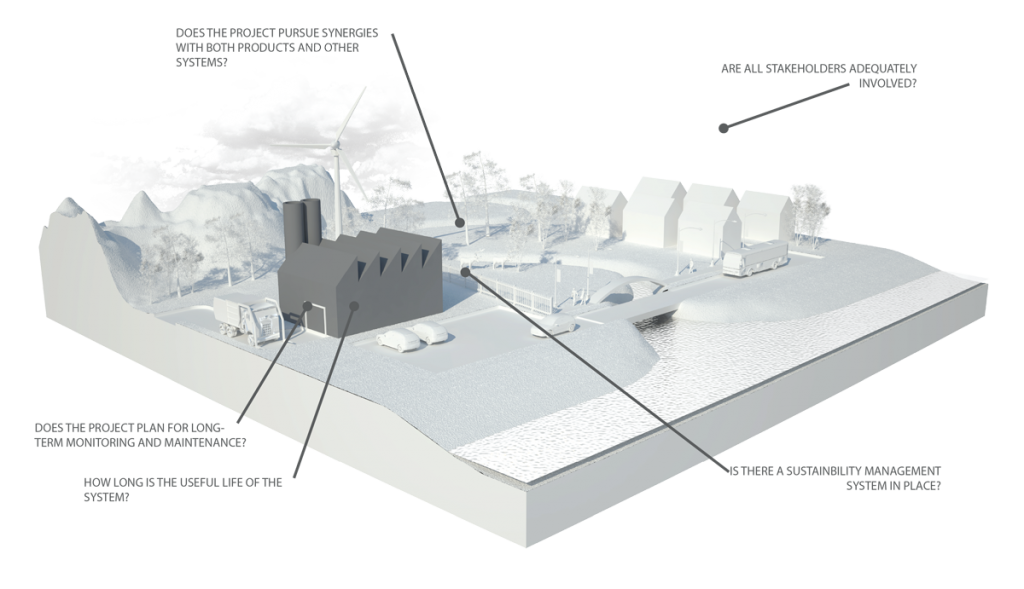 COLLABORATION Sustainable projects must include input from a wide variety of stakeholders to fully understand synergies, savings, and opportunities for innovation. This type of collaboration requires a new kind of leadership and commitment from the project team, and new ways of managing the process. Rather than each part of the team working alone on their own piece of the project, teams should meet and communicate, and allow nontraditional stakeholders to contribute ideas and perspectives.
COLLABORATION Sustainable projects must include input from a wide variety of stakeholders to fully understand synergies, savings, and opportunities for innovation. This type of collaboration requires a new kind of leadership and commitment from the project team, and new ways of managing the process. Rather than each part of the team working alone on their own piece of the project, teams should meet and communicate, and allow nontraditional stakeholders to contribute ideas and perspectives.![]() MANAGEMENT A broader, comprehensive understanding of the project can allow the team to see and pursue synergies between systems, either within the project or among larger infrastructure systems. This requires a new way of managing and understanding the project as a whole, but can save money, increase sustainability, expand the useful life of the project, and protect against future problems.
MANAGEMENT A broader, comprehensive understanding of the project can allow the team to see and pursue synergies between systems, either within the project or among larger infrastructure systems. This requires a new way of managing and understanding the project as a whole, but can save money, increase sustainability, expand the useful life of the project, and protect against future problems.![]() PLANNING Taking a long-term view of the project can also greatly increase the sustainability of the project. Understanding planning issues such as the regulatory environment in which the project is being pursued and the future growth trends in the area can lead to a project that avoids pitfalls and plans effectively for its own future. This can save money and streamline the whole project process.
PLANNING Taking a long-term view of the project can also greatly increase the sustainability of the project. Understanding planning issues such as the regulatory environment in which the project is being pursued and the future growth trends in the area can lead to a project that avoids pitfalls and plans effectively for its own future. This can save money and streamline the whole project process.![]() CREDIT LIST
CREDIT LIST![]() 1 COLLABORATION LD1.1 Provide Effective Leadership & Commitment • LD1.2 Establish a Sustainability Management System • LD1.3 Foster Collaboration and Teamwork • LD1.4 Provide for Stakeholder Involvement
1 COLLABORATION LD1.1 Provide Effective Leadership & Commitment • LD1.2 Establish a Sustainability Management System • LD1.3 Foster Collaboration and Teamwork • LD1.4 Provide for Stakeholder Involvement![]() 2 MANAGEMENT LD2.1 Pursue By-Product Synergy Opportunities • LD2.2 Improve Infrastructure Integration
2 MANAGEMENT LD2.1 Pursue By-Product Synergy Opportunities • LD2.2 Improve Infrastructure Integration![]() 3 PLANNING LD3.1 Plan Long-Term Maintenance and Monitoring • LD3.2 Address Conflicting Regulations and Policies • LD3.3 Extend Useful Life • LD0.0 Innovate or Exceed Credit Requirements
3 PLANNING LD3.1 Plan Long-Term Maintenance and Monitoring • LD3.2 Address Conflicting Regulations and Policies • LD3.3 Extend Useful Life • LD0.0 Innovate or Exceed Credit Requirements

Learn more...
Resources are the assets that are needed to build infrastructure (construction) and keep it running (operations). This category is broadly concerned with the quantity, source, and characteristics of these resources and their impacts on the overall sustainability of the project. Resources addressed in this rating system include physical materials, both those that are consumed and that leave the project, energy for construction, operation, and maintenance, and water use. Each of these materials is finite in its source and should be treated as an asset to use respectfully. Materials, Energy, and Water comprise the three subcategories of Resource Allocation.![]()
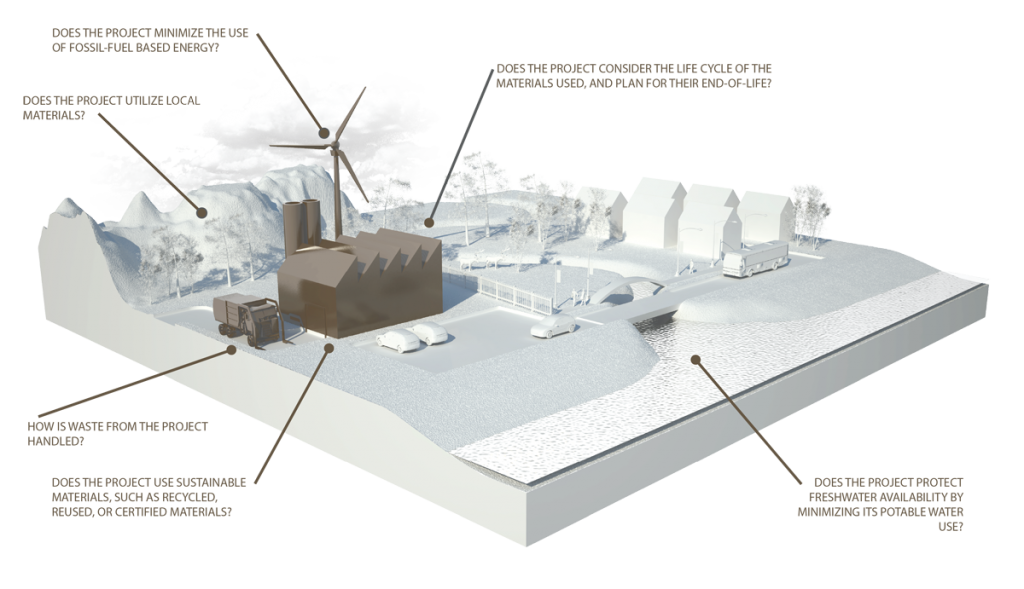 MATERIALS Minimizing the total amount of material used should be a primary consideration for infrastructure projects. Minimizing material use reduces the amount of natural resources that must be extracted and processed, as well as the energy that goes into producing and transporting these materials. Reducing material use must be balanced with safety, stability, and durability. The source of materials matters too. Materials obtained from far away should not be used if the same type and quality of material is available locally. Consideration for the life cycle of the materials should always be given; where it has come from as well as where it will go after its useful life in the project. Other characteristics of materials that make them more favorable for use include: percent of recycled or reused content, ability to be recycled/reused at end of life, durability, and adaptability. These characteristics all help to minimize the total amount of natural resources consumed through materials use.
MATERIALS Minimizing the total amount of material used should be a primary consideration for infrastructure projects. Minimizing material use reduces the amount of natural resources that must be extracted and processed, as well as the energy that goes into producing and transporting these materials. Reducing material use must be balanced with safety, stability, and durability. The source of materials matters too. Materials obtained from far away should not be used if the same type and quality of material is available locally. Consideration for the life cycle of the materials should always be given; where it has come from as well as where it will go after its useful life in the project. Other characteristics of materials that make them more favorable for use include: percent of recycled or reused content, ability to be recycled/reused at end of life, durability, and adaptability. These characteristics all help to minimize the total amount of natural resources consumed through materials use.![]() ENERGY Reducing overall energy use is crucial, particularly from non-renewable fossil-fuel sources. This energy source is already becoming scarce, and sustainable infrastructure projects should not over-consume a finite energy source. The use of renewable sources of energy is encouraged as a means to minimize fossil fuel consumption, but the ideal project will both reduce overall energy usage and also meet remaining needs with renewable sources if possible.
ENERGY Reducing overall energy use is crucial, particularly from non-renewable fossil-fuel sources. This energy source is already becoming scarce, and sustainable infrastructure projects should not over-consume a finite energy source. The use of renewable sources of energy is encouraged as a means to minimize fossil fuel consumption, but the ideal project will both reduce overall energy usage and also meet remaining needs with renewable sources if possible.![]() WATER With a changing climate and increasing population, future water security is uncertain. Therefore it is critical infrastructure projects reduce overall water use, particularly potable water use. Alternative water sources, such as stormwater runoff, can be captured and reused for many functions without reducing the overall water resource. Monitoring and studying water availability is an important step in validating whether a community’s water consumption is in balance.
WATER With a changing climate and increasing population, future water security is uncertain. Therefore it is critical infrastructure projects reduce overall water use, particularly potable water use. Alternative water sources, such as stormwater runoff, can be captured and reused for many functions without reducing the overall water resource. Monitoring and studying water availability is an important step in validating whether a community’s water consumption is in balance.![]() CREDIT LIST
CREDIT LIST![]() 1 MATERIALS RA1.1 Reduce Net Embodied Energy • RA1.2 Support Sustainable Procurement Practices • RA1.3 Use Recycled Materials • RA1.4 Use Regional Materials • RA1.5 Divert Waste from Landfills • RA1.6 Reduce Excavated Materials Taken Off Site • RA1.7 Provide for Deconstruction and Recycling
1 MATERIALS RA1.1 Reduce Net Embodied Energy • RA1.2 Support Sustainable Procurement Practices • RA1.3 Use Recycled Materials • RA1.4 Use Regional Materials • RA1.5 Divert Waste from Landfills • RA1.6 Reduce Excavated Materials Taken Off Site • RA1.7 Provide for Deconstruction and Recycling![]() 2 ENERGY RA2.1 Reduce Energy Consumption • RA2.2 Use Renewable Energy • RA2.3 Commission and Monitor Energy Systems
2 ENERGY RA2.1 Reduce Energy Consumption • RA2.2 Use Renewable Energy • RA2.3 Commission and Monitor Energy Systems![]() 3 WATER RA3.1 Protect Fresh Water Availability • RA3.2 Reduce Potable Water Consumption • RA3.3 Monitor Water Systems • RA0.0 Innovate or Exceed Credit Requirements
3 WATER RA3.1 Protect Fresh Water Availability • RA3.2 Reduce Potable Water Consumption • RA3.3 Monitor Water Systems • RA0.0 Innovate or Exceed Credit Requirements

Learn more...
Infrastructure projects have an impact on the natural world around them— the habitats, species, and non-living natural systems. The way a project is located within these systems and what new elements they may introduce into a system can create unwanted impacts. This section addresses how to understand and minimize negative impacts while considering ways in which the infrastructure can interact with natural systems in a synergistic, positive way. These types of interactions and impacts have been divided into the three sub-categories of Siting, Land and Water, and Biodiversity.![]()
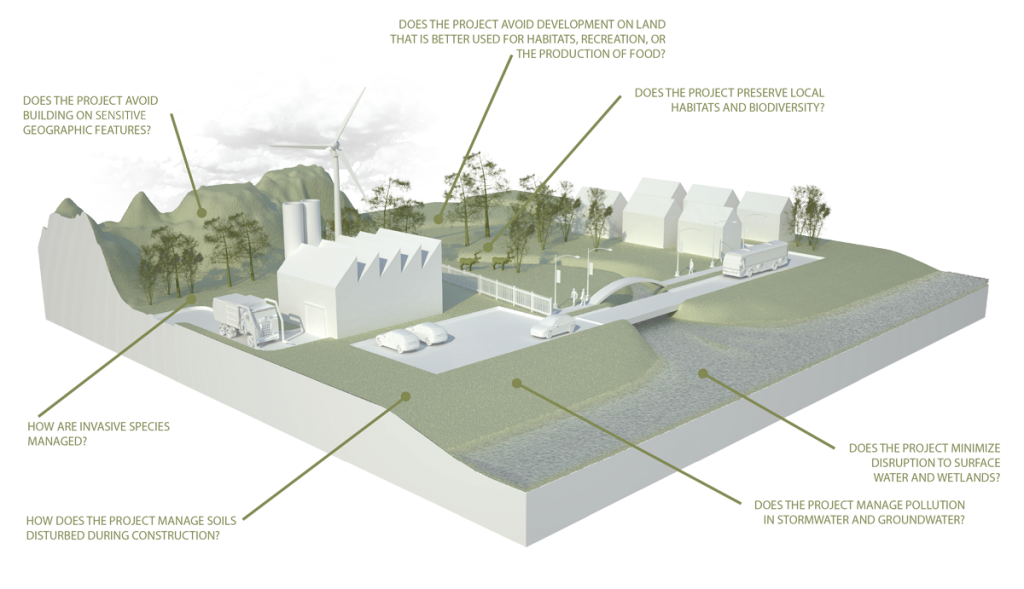 SITING Infrastructure should be sited to avoid direct and indirect impacts on important ecological areas. Projects should avoid areas of high ecosystem value or that serve as a diverse habitat, such as water bodies, wetlands, or temporary waters (vernal pools, etc.). Projects should also seek to preserve areas of geologic or hydrologic value, and avoid interrupting natural cycles, such as the hydrologic cycle. When the nature or significance of the infrastructure project makes it impossible to avoid sensitive sites mitigation measures should be taken to minimize disruption of systems. Previously developed or disturbed land is ideal for preventing further damage to that environment, improving land value, and remediating contaminated brownfields.
SITING Infrastructure should be sited to avoid direct and indirect impacts on important ecological areas. Projects should avoid areas of high ecosystem value or that serve as a diverse habitat, such as water bodies, wetlands, or temporary waters (vernal pools, etc.). Projects should also seek to preserve areas of geologic or hydrologic value, and avoid interrupting natural cycles, such as the hydrologic cycle. When the nature or significance of the infrastructure project makes it impossible to avoid sensitive sites mitigation measures should be taken to minimize disruption of systems. Previously developed or disturbed land is ideal for preventing further damage to that environment, improving land value, and remediating contaminated brownfields.![]() LAND AND WATER Infrastructure projects should have minimal impact on existing hydrologic and nutrient cycles. Special care should be taken to avoid the introduction of contaminants whether through stormwater runoff or pesticides and fertilizers. With proper forethought infrastructure can avoid these harmful disruptions. It is important to remember that the impact of contamination is often cumulative, especially in waterbodies such as rivers and streams, and each project and site shares in the responsibility for protecting the quality of the larger system.
LAND AND WATER Infrastructure projects should have minimal impact on existing hydrologic and nutrient cycles. Special care should be taken to avoid the introduction of contaminants whether through stormwater runoff or pesticides and fertilizers. With proper forethought infrastructure can avoid these harmful disruptions. It is important to remember that the impact of contamination is often cumulative, especially in waterbodies such as rivers and streams, and each project and site shares in the responsibility for protecting the quality of the larger system.![]() BIODIVERSITY Infrastructure projects should also minimize negative impacts on natural species and their habitats; on and near the site. Care should be taken to avoid introducing invasive species or inadvertently facilitating their spread. Infrastructure projects should minimize habitat fragmentation and promote habitat connectivity and animal movement. Species of new vegetation should be carefully selected and appropriate for the location. Infrastructure should not adversely impact wetland surface water quality, as these tend to provide ecosystems that support a high degree of natural biodiversity.
BIODIVERSITY Infrastructure projects should also minimize negative impacts on natural species and their habitats; on and near the site. Care should be taken to avoid introducing invasive species or inadvertently facilitating their spread. Infrastructure projects should minimize habitat fragmentation and promote habitat connectivity and animal movement. Species of new vegetation should be carefully selected and appropriate for the location. Infrastructure should not adversely impact wetland surface water quality, as these tend to provide ecosystems that support a high degree of natural biodiversity.![]() CREDIT LIST
CREDIT LIST![]() 1 SITING NW1.1 Preserve Prime Habitat • NW1.2 Preserve Wetlands and Surface Water • NW1.3 Preserve Prime Farmland • NW1.4 Avoid Adverse Geology • NW1.5 Preserve Floodplain Functions • NW1.6 Avoid Unsuitable Development on Steep Slopes • NW1.7 Preserve Greenfields
1 SITING NW1.1 Preserve Prime Habitat • NW1.2 Preserve Wetlands and Surface Water • NW1.3 Preserve Prime Farmland • NW1.4 Avoid Adverse Geology • NW1.5 Preserve Floodplain Functions • NW1.6 Avoid Unsuitable Development on Steep Slopes • NW1.7 Preserve Greenfields![]() 2 LAND AND WATER NW2.1 Manage Stormwater • NW2.2 Reduce Pesticides and Fertilizer Impacts • NW2.3 Prevent Surface and Groundwater Contamination
2 LAND AND WATER NW2.1 Manage Stormwater • NW2.2 Reduce Pesticides and Fertilizer Impacts • NW2.3 Prevent Surface and Groundwater Contamination![]() 3 BIODIVERSITY NW3.1 Preserve Species Biodiversity • NW3.2 Control Invasive Species • NW3.3 Restore Disturbed Soils • NW3.4 Maintain Wetland and Surface Water Functions • NW0.0 Innovate or Exceed Credit Requirements
3 BIODIVERSITY NW3.1 Preserve Species Biodiversity • NW3.2 Control Invasive Species • NW3.3 Restore Disturbed Soils • NW3.4 Maintain Wetland and Surface Water Functions • NW0.0 Innovate or Exceed Credit Requirements

Learn more...
The general scope of Climate and Risk is two-fold; to minimize emissions that may contribute to increased short and long-term risks and to ensure infrastructure projects are resilient to short-term hazards or altered long-term future conditions. The Climate and Risk category is divided into two sub-categories: Emissions and Resilience.![]()
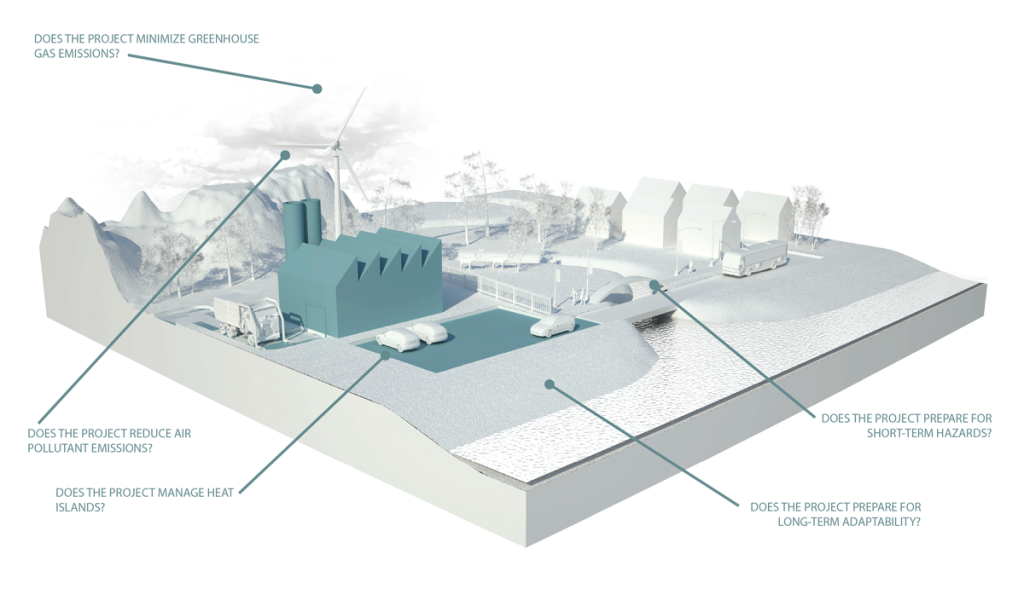 EMISSIONS The goal of this subcategory is the understanding and reduction of dangerous emissions — both greenhouse gas emissions as well as other dangerous pollutants — during all stages of a project’s life cycle. These emissions can increase both short and long-term risk to the project. Minimizing this risk helps to protect against future problems and increase the life cycle of the project. While reducing greenhouse gas emissions may not have a direct impact on the consequences to the particular project, it can help to reduce overall global risk and has contributions far beyond the site borders of the project.
EMISSIONS The goal of this subcategory is the understanding and reduction of dangerous emissions — both greenhouse gas emissions as well as other dangerous pollutants — during all stages of a project’s life cycle. These emissions can increase both short and long-term risk to the project. Minimizing this risk helps to protect against future problems and increase the life cycle of the project. While reducing greenhouse gas emissions may not have a direct impact on the consequences to the particular project, it can help to reduce overall global risk and has contributions far beyond the site borders of the project.![]() RESILIENCE Resilience includes the ability to withstand short-term risks, such as flooding or fires, and the ability to adapt to changing long-term conditions, such as changes in weather patterns, sea level rise, or changes in climate. Understanding the types of risks and probability of risks allows the project team to deliver and informed project design that anticipates and withstands or adapts to these risks, minimizing its overall vulnerability. Increased adaptability and decreased vulnerability ensures a longer useful life and ensures that the project will be able to meet the future needs of the community.
RESILIENCE Resilience includes the ability to withstand short-term risks, such as flooding or fires, and the ability to adapt to changing long-term conditions, such as changes in weather patterns, sea level rise, or changes in climate. Understanding the types of risks and probability of risks allows the project team to deliver and informed project design that anticipates and withstands or adapts to these risks, minimizing its overall vulnerability. Increased adaptability and decreased vulnerability ensures a longer useful life and ensures that the project will be able to meet the future needs of the community.![]() CREDIT LIST
CREDIT LIST![]() 1 EMISSIONS CR1.1 Reduce Greenhouse Gas Emissions • CR1.2 Reduce Air Pollutant Emissions
1 EMISSIONS CR1.1 Reduce Greenhouse Gas Emissions • CR1.2 Reduce Air Pollutant Emissions![]() 2 RESILIENCE CR2.1 Assess Climate Threat • CR2.2 Avoid Traps and Vulnerabilities • CR2.3 Prepare For Long-Term Adaptability • CR2.4 Prepare for Short-Term Hazards • CR2.5 Manage Heat Island Effects • CR0.0 Innovate or Exceed Credit Requirements
2 RESILIENCE CR2.1 Assess Climate Threat • CR2.2 Avoid Traps and Vulnerabilities • CR2.3 Prepare For Long-Term Adaptability • CR2.4 Prepare for Short-Term Hazards • CR2.5 Manage Heat Island Effects • CR0.0 Innovate or Exceed Credit Requirements

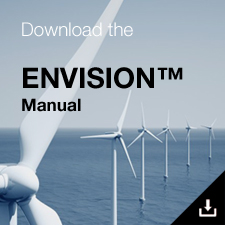

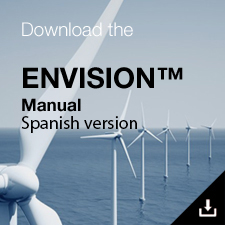
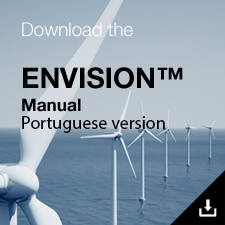

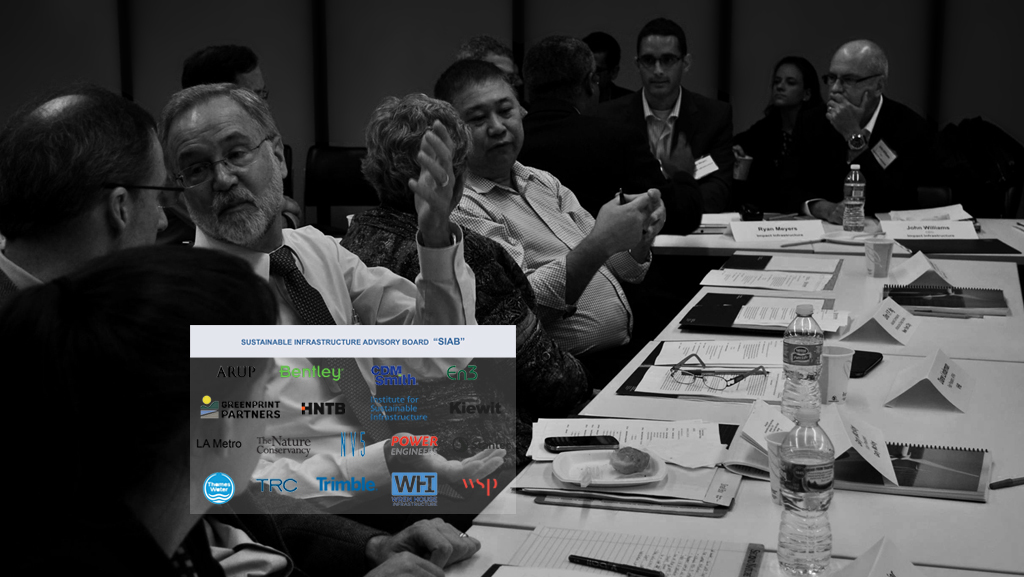
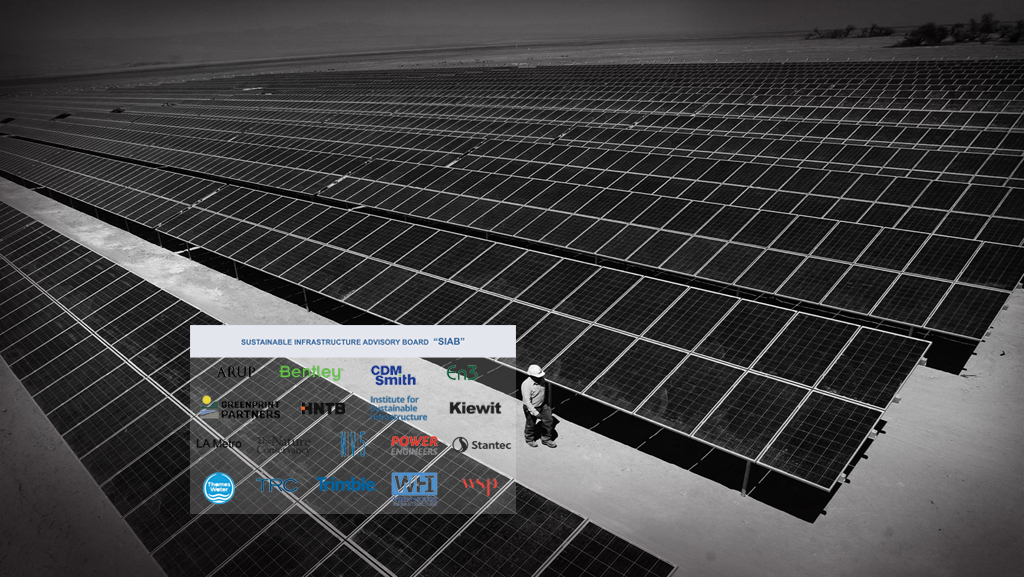
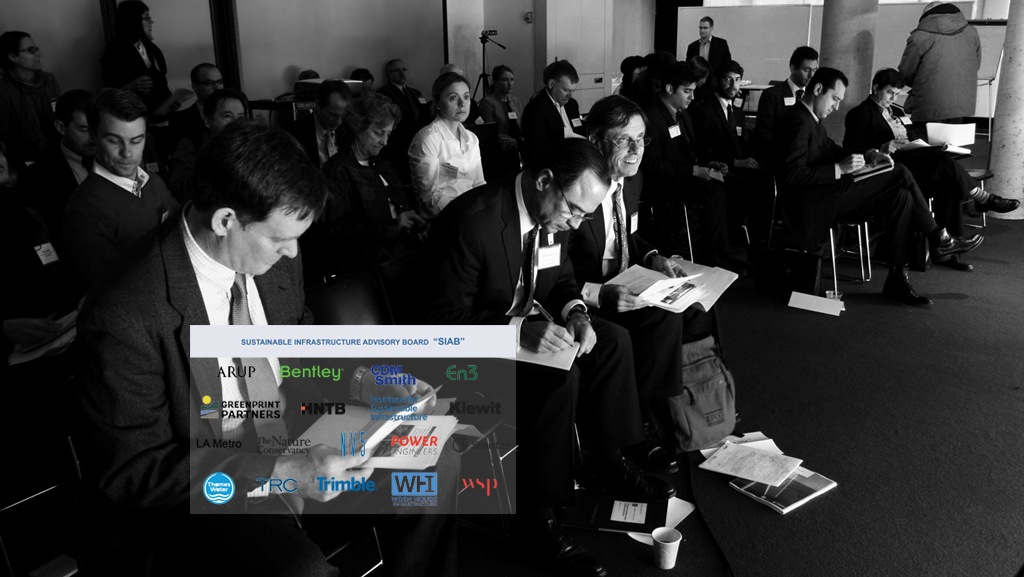
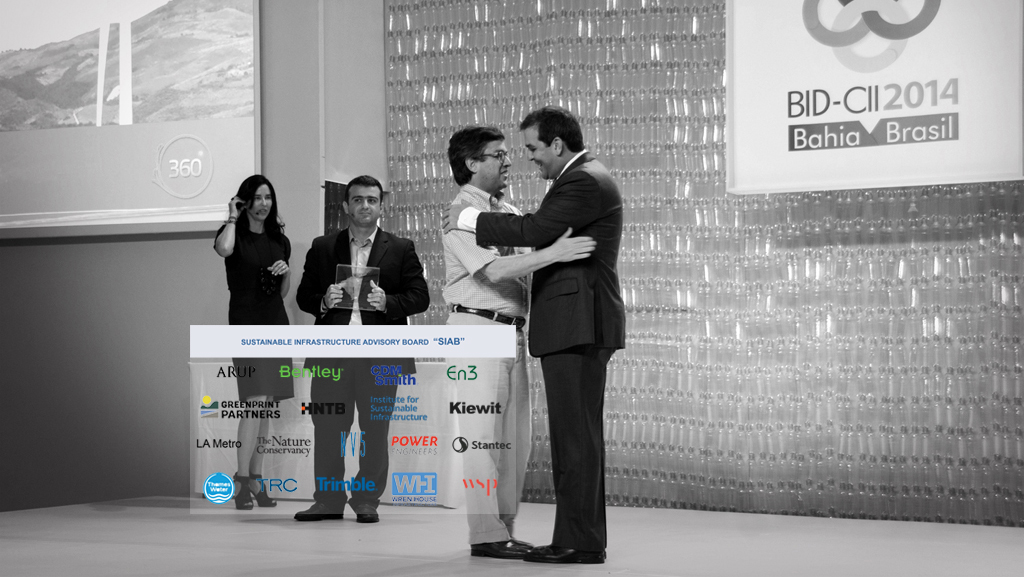
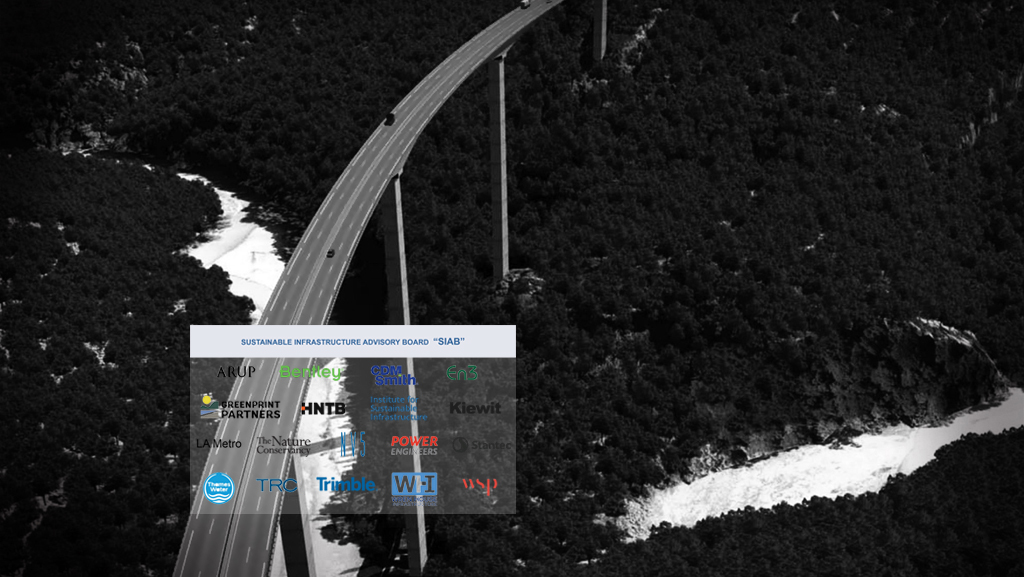
Join us now ZPH Workshop: #Sustainable #Infrastructure for #ClimateAction in-person & ZOOM https://t.co/fCjkr0Ykrh
About 2 years ago from Zofnass Program's Twitter